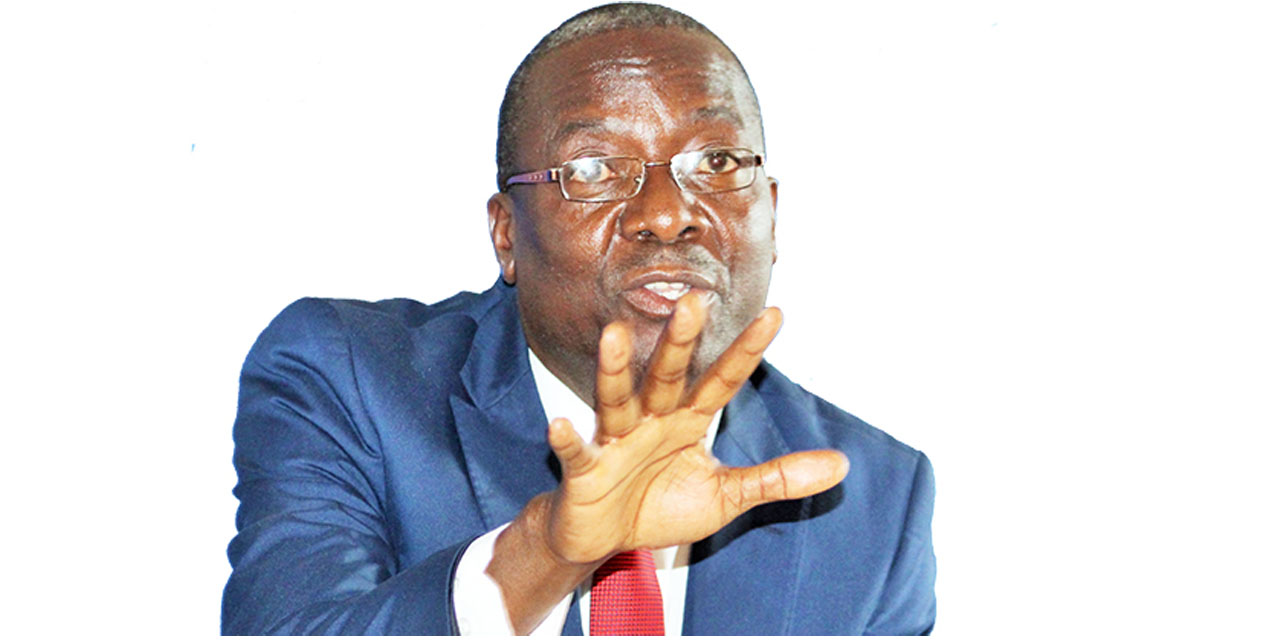Martin Endjala
The Minister of Urban and Rural Development, Erastus Uutoni says the impression that his ministry is just sitting idle with unoccupied houses is misleading as they are “hard at work” delivering houses in partnership with other stakeholders across the country.
“We the ministry are hard at work to ensure that all Namibian people own a house since it is a source of belonging and security and we will continue to do so till the last person, but people need to stay calm and patient, as this will not happen overnight like many people are assuming.”, Uutoni said.
In an interview with the Windhoek Observer, Utoni emphasized that the mass housing matter is a “very” sensitive and complex matter that should be treated with extra care.
“The notion being spread around that the ministry is just idle is totally misleading as the ministry is hard at work delivering houses in partnership with other stakeholders across the country,”Uutoni added.
He further said that the incomplete and unoccupying of houses in the Khomas and Erongo region, (Swakopmund) to be specific, is due to contractors’ differences, which saw the mass housing project coming to a standstill.
According to him, after becoming aware of this, he initiated an immediate consultation with the contractors towards the end of last year, where he briefed the parties to come to an understanding and find an amicable solution in order to construct and complete the much-needed houses for Namibian citizens.
Uutoni said he has since availed land in Swakopmund where 319 houses are envisaged to be completed at the end of this year, with some of the houses having been completed already. Those who applied will soon be contacted by the Namibia Housing Enterprise (NHE) for allocation, Uutoni said.
He has since urged the public to remain calm, and patient, as soon as their turn arrives those on the list will be contacted for allocation to these new houses he emphasized.
Meanwhile, the National Housing Enterprise Spokesperson Tuafi Shafombabi said that some of the frustration being echoed by the public is the fact that they had to wait for ten years in order to get a house, a position she said she sympathizes with the public, bhowever the NHE strictly follows the list of names it has at its disposal and allocate homes as per the list.
Another issue Shafombabi pointed out, is the waiting period of some residents where development often comes to such towns after many years, which she explained is also one of the contributing factors to the public frustrations of houses not being built in their towns.
“NHE can only build or allocate house in towns where such programmes are being carried out, if there are no such programmes, there is nothing that they can do.”, said the NHE spokesperson.
She stressed that the entity will be allocating new houses in the Otjomuise informal settlement once the envisaged construction of houses is completed. Residents are therefore advised to approach the NHE office to register their names for allocation, she added.
She stressed that the allocation of houses is also being hampered by the developmental aspects of towns, given the targeted regions where most clients are, for example, Oshana region, Erongo and Khomas, this is the most focused towns at the moment due to their economic strength.
Meanwhile, the Mass Housing Development Programme (MHDP) was launched and implemented by the Government of the Republic of Namibia in 2013 aimed at increasing investment in the affordable housing sector to increase the production of the housing stock and significantly increase the supply towards meeting the demand for housing in Namibia.
The mass housing project was the brainchild of former president Hifikepunye Pohamba to address the country’s critical housing crisis, with a promise to build 148 000 houses by 2030.
According to the blueprint summary of the mass housing development initiative in Namibia in 2013, the prices of houses continue to skyrocket due to increases in input costs and the mismatch between the rapidly rising demands for houses versus low housing outputs delivered by housing developers in the housing market annually.
The provision of affordable housing is also hampered by poor access and the unaffordability of land by the majority of the residents, especially in urban areas. Furthermore, inflexibility in the current land tenure system acerbates a lack of right to land ownership and development of it by holders.
The current legislative, policy and regulatory framework is another matter that needs to be reviewed to enable the government to smoothly and speedily deliver housing without many bureaucratic and other impediments.
The largest backlog of housing is in the lowest-income sectors, with monthly incomes of N$ 0 to N$ 1,500 (estimated at 45,000), and incomes between N$ 1,501 and N$ 4,600 (estimated at 30,000). While the Build Together programme focuses on people with incomes under N$ 3,000 per month, the National Housing Enterprise only provides products to people with incomes over N$ 5,000 a month. This constitutes less than 13 percent of the population.
Furthermore, the housing crisis situation in Namibia is further worsened by very limited affordability capacity due to low household income levels and a high unemployment rate which consequently exclude many citizens from the economic reams necessary to access urban land and housing.




